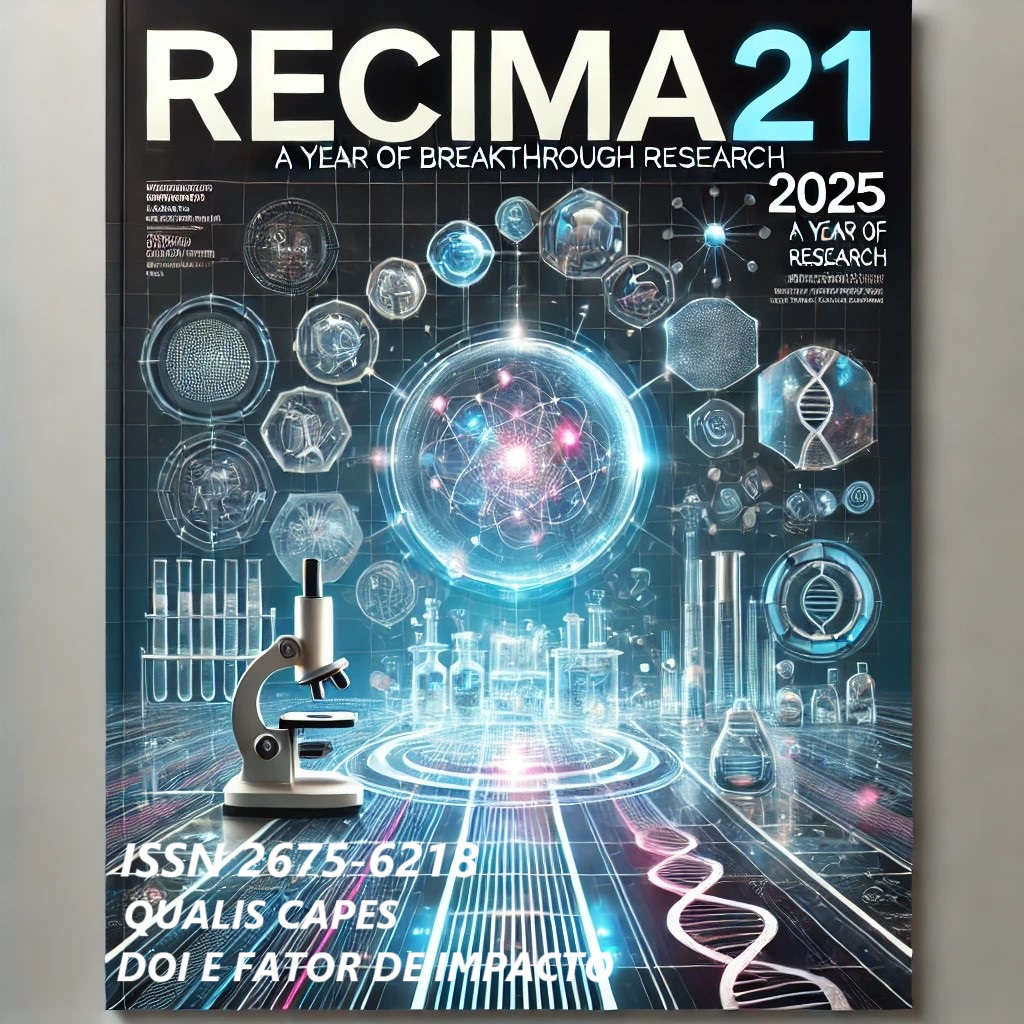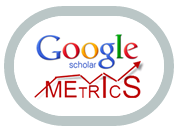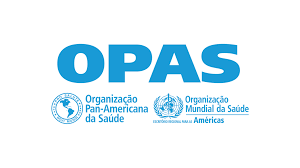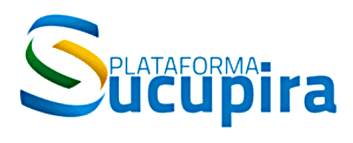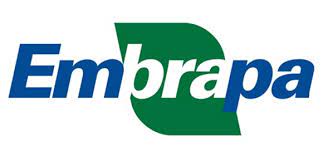IMPACTOS PROVOCADOS PELO MESIODENS EM PACIENTE PEDIÁTRICO: RELATO DE CASO
DOI:
https://doi.org/10.47820/recima21.v6i10.6826Palavras-chave:
Dente Supranumerário. Mesiodens. Anormalidades Dentárias.Resumo
A hiperdontia é uma anomalia caracterizada pela presença de dentes supranumerários, sendo o mesiodens, localizado entre os incisivos centrais superiores, o tipo mais comum na região anterior da maxila. Embora frequentemente assintomático, esse dente ectópico pode causar diversas alterações, como atraso na erupção, apinhamento, diastemas e distúrbios oclusais. Sua etiologia é multifatorial, com forte influência genética, e o diagnóstico precoce é essencial para evitar complicações. Este trabalho relata o caso clínico de uma criança com mesiodens, abordando sua apresentação clínica e radiográfica, diagnóstico, acompanhamento e tratamento. Este caso serve de base para discutir as condutas atuais e as melhores práticas no manejo de dentes supranumerários em pacientes pediátricos.
Downloads
Referências
1. Sivapathasundharam B. Shafer’s Textbook of Oral Pathology. 9. ed. New Delhi: Elsevier India; 2020. p. 868.
2. Altan H, Akkoc S, Altan A. Radiographic characteristics of mesiodens in a nonsyndromic pediatric population in the Black Sea region. Journal of Investigative and Clinical Dentistry. 2019;10(1):e12377. DOI: 10.1111/jicd.12377. DOI: https://doi.org/10.1111/jicd.12377
3. Talaat DM, et al. Assessment of risk factors and molecular biomarkers in children with supernumerary teeth: a single-center study. BMC Oral Health. 2022;22(1):117. DOI: 10.1186/s12903-022-02241-1. DOI: https://doi.org/10.1186/s12903-022-02151-z
4. Scully A, et al. Management of two cases with supernumerary teeth. Pediatric Dentistry. 2020;42(1).
5. Goksel S, et al. Evaluation of prevalence and positions of mesiodens using cone-beam computed tomography. Journal of Oral & Maxillofacial Research. 2018;9(4). DOI: https://doi.org/10.5037/jomr.2018.9401
6. Zhao L, et al. Analysis of the distribution of supernumerary teeth and characteristics of mesiodens in Bengbu, China: a retrospective study. Oral Radiology. 2021;37(2):218–223. DOI: 10.1007/s11282-020-00432-3. DOI: https://doi.org/10.1007/s11282-020-00432-3
7. Arandi NZ. Hyperdontia: exploring the developmental abnormality. Journal of Pre-Clinical and Clinical Research. 2020;1(1):1–6. DOI: https://doi.org/10.26444/jpccr/130372
8. Dias GF, et al. Diagnóstico e tratamento de dentes supranumerários na clínica infantil: relato de caso. Revista CEFAC. 2019;21(6):1–8.
9. Marchetti G, De Oliveira RV. Mesiodens – dentes supranumerários: diagnóstico, causas e tratamento. Uningá Review. 2015;24(1):1–6.
10. Rosa RF, et al. Propedêutica cirúrgica de mesiodens em paciente odontopediátrico. Brazilian Journal of Health Review. 2019;2(5):3957–3968. DOI: https://doi.org/10.34119/bjhrv2n5-004
11. Amaral DC, Gomes CC, Carvalho JG. Melhor oportunidade cirúrgica para remoção de dente supranumerário mesiodens em paciente infantil. Scientific Investigation in Dentistry. 2017;22(1):30–32. DOI: https://doi.org/10.29232/2317-2835.2017v22i1.p30-32
12. Soares KS, et al. Mesiodentes na dentição mista: relato de caso. Revista Odontológica de Araçatuba (Impr.). 2017;27–29.
13. Sandri J, Carvalho JMS, Conceição LS. Manejo odontológico em pacientes com mesiodens: revisão de literatura. JNT Facit Business & Technology Journal. 2021;1:120–128.
14. Fontenele AB, et al. Diagnóstico clínico e prevalência de mesiodens na infância: revisão de literatura. Brazilian Journal of Development. 2021;7(11):104375–104385. DOI: 10.34117/bjdv7n11-182. DOI: https://doi.org/10.34117/bjdv7n11-182
15. Kapusevska B, et al. The influence of etiological factors in the occurrence of diastema mediana. Prilozi. 2014;35(2):169–177. DOI: https://doi.org/10.2478/prilozi-2014-0022
16. Silva P, Pereira M, Gil G. Anomalias dentárias: agenesias e supranumerários – revisão bibliográfica. Bioscience Journal. 2024;40.
17. Arandi NZ, Abu-Ali A, Mustafa S. Supernumerary teeth: a retrospective cross-sectional study from Palestine. Pesquisa Brasileira em Odontopediatria e Clínica Integrada. 2020;20:e5057. DOI: https://doi.org/10.1590/pboci.2020.029
18. Pereira VX, et al. Um caso raro de quarto molar maxilar: relato de caso. Journal of Human Growth and Development. 2019;29.
19. Morais LA, et al. Diagnóstico e tratamento de dente supranumerário em paciente pediátrico: relato de caso. Archives of Health Investigation. 2024;13(5):1610–1615. DOI: https://doi.org/10.21270/archi.v13i5.6284
20. Althaqafi KG. A review on quality of life, personality factors and general psychological wellbeing in patients with hypodontia [Dissertação]; Makkah: Umm-Al-Qurra University; 2014.
21. Ghizoni DG, et al. Diastema x supranumerário: diagnóstico e planejamento. Uningá Review. 2016;28(3).
22. Vargas AMM, et al. Supernumerary teeth in pediatric patients: an updated scoping review. International Journal of Applied Dental Sciences. 2024;10(2):393–397. DOI: 10.22271/oral.2024.v10.i2f.1966. DOI: https://doi.org/10.22271/oral.2024.v10.i2f.1966
23. Kim Y, et al. Effects of mesiodens on adjacent permanent teeth: a retrospective study in Korean children based on cone-beam computed tomography. International Journal of Paediatric Dentistry. 2018;28(2):161–169. DOI: 10.1111/ipd.12317. DOI: https://doi.org/10.1111/ipd.12317
24. Kaul S, Kaushik N, Kaur N. Management of multiple mesiodens in mixed dentition period. International Journal of Oral Health Sciences. 2023;13(1):48–50. DOI: 10.4103/ijohs.ijohs_9_23. DOI: https://doi.org/10.4103/ijohs.ijohs_9_23
25. Senise R, et al. Os efeitos dos dentes supranumerários: complicações, diagnóstico e tratamento. Pró-UniverSUS. 2021;12(1):55–59. DOI: https://doi.org/10.21727/rpu.v12i2.3034
26. Urechescu H, Banu A, Streian F, Urtila F, Cuzic C, Dinu S, Pricop M. Intraoral approach through the nasal floor for surgical removal of inverted mesiodens: protocol and case series. Journal of Clinical Medicine. 22 dez 2024;13(24):7831. DOI: https://doi.org/10.3390/jcm13247831. DOI: https://doi.org/10.3390/jcm13247831
27. Shih WY, et al. Retrospective study of the characteristics and treatment modalities of mesiodens in Taiwanese children. Journal of Dental Sciences. 2022;17(1):160–165.
28. Barham M, et al. Influence of mesiodens on adjacent teeth and the timing of its safe removal. Imaging Science in Dentistry. 2022;52(2):74–86. DOI: https://doi.org/10.5624/isd.20210218
29. Kazanci F, Celikoglu M, Miloglu O, Yildirim H, Ceylan I. The frequency and characteristics of mesiodens in a Turkish patient population. European Journal of Dentistry. 2021 jul;5(3):361-65. DOI: https://doi.org/10.1055/s-0039-1698906
30. Patil S, Pachori Y, Kaswan S, Khandelwal S. Likhyani L, Maheshwari S. Frequency of mesiodens in the pediatric population in North India: a radiographic study. Journal of Clinical and Experimental Dentistry. 1 dez 2013;5(5):e223–e226. DOI: 10.4317/jced.51162. DOI: https://doi.org/10.4317/jced.51162
31. Shih WY, Hsieh CY, Tsai TP. Clinical evaluation of the timing of mesiodens removal. Chinese Medical Journal. Jun 2016;79(6):345–350. DOI: 10.1016/j.jcma.2015.10.013. DOI: https://doi.org/10.1016/j.jcma.2015.10.013
32. Gomes GV, Strelow TAT, Almeida SA. Ortodontia preventiva e interceptativa e suas contribuições para um bom desenvolvimento da oclusão do paciente em fase de dentição decídua e/ou mista: um estudo teórico. Journal of Business and Technology. 2020;14(2):74–86.
33. Pattanaik S, Patnaik S. An introduction to preventive orthodontics. Indian Journal of Public Health Research and Development. 2019;10(9):1590–1592. DOI: https://doi.org/10.5958/0976-5506.2019.02678.0
34. Simões RCB. Mesiodens: diagnóstico e tratamento integrado em paciente infantil [Monografia] Aracaju: Universidade Federal de Sergipe; 2023.
35. Gupta T, Sadana G, Rai HK. Effect of esthetic defects in anterior teeth on the emotional and social well-being of children: a survey. International Journal of Clinical Pediatric Dentistry. 2019;12(3):229–233. DOI: 10.5005/JP-journals-10005-1628. DOI: https://doi.org/10.5005/jp-journals-10005-1628
Downloads
Publicado
Licença
Copyright (c) 2025 RECIMA21 - Revista Científica Multidisciplinar - ISSN 2675-6218

Este trabalho está licenciado sob uma licença Creative Commons Attribution 4.0 International License.
Os direitos autorais dos artigos/resenhas/TCCs publicados pertecem à revista RECIMA21, e seguem o padrão Creative Commons (CC BY 4.0), permitindo a cópia ou reprodução, desde que cite a fonte e respeite os direitos dos autores e contenham menção aos mesmos nos créditos. Toda e qualquer obra publicada na revista, seu conteúdo é de responsabilidade dos autores, cabendo a RECIMA21 apenas ser o veículo de divulgação, seguindo os padrões nacionais e internacionais de publicação.

